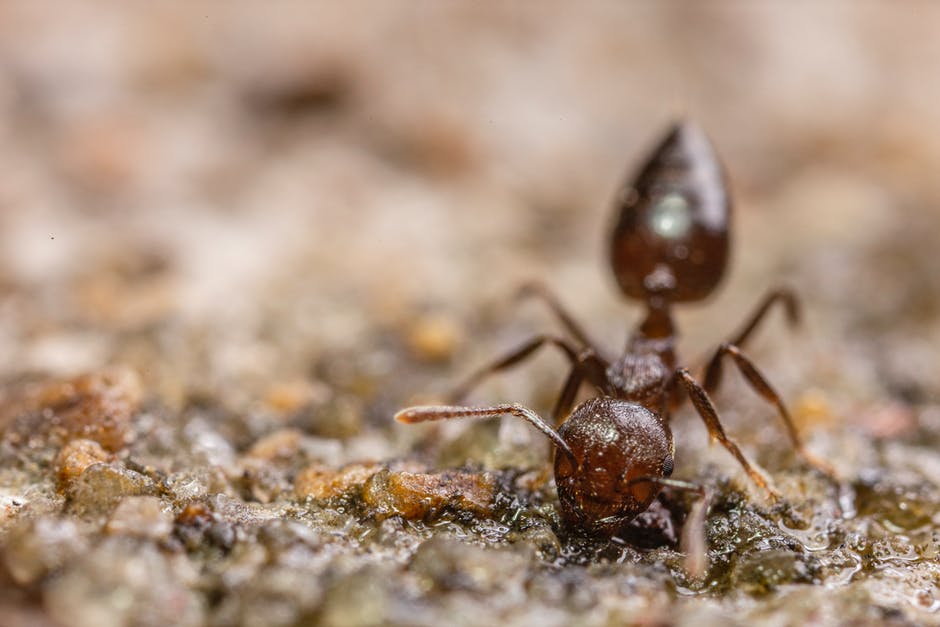You just decorated your kitchen. Nothing can possibly spoil how beautiful everything looks.
But then… Dead-ant. Dead-ant.
Dead-ant, dead-ant, dead ant, dead-ant, dead-ant…
Don’t feel bad. Many homes suffer from ant infestations.
The acrobat ant is a big culprit in Southern Maryland. Who are these little intruders and how do you take your kitchen back?
All About Acrobat Ants
Of course, you want to know everything about everyone who enters your home. This includes ants.
Keep reading to learn how to identify this ant and keep it out of your kitchen for a bug-free home.
Ant Identification
First, when identifying a bug, you want to determine its species. Sometimes people mix up termites and ants, which can lead to disaster.
Ants walk on six legs and display a distinct head, thorax, and abdomen connected by a thin waist. The antennae on ants head elbow out.
The acrobat ant may appear red, dark brown, or black in color. Their size ranges from about one-sixteenth of an inch to a quarter of an inch, but usually, you will find them on the smaller end of the spectrum.
You can usually clearly identify an acrobat ant by looking at its abdomen. It is disproportionately large to the body and looks heart-shaped.
Acrobat Ant Behavior
One unique behavior gives away its identity. When they feel threatened, this ant will raise its abdomen high into the air and run around, to appear large and frightening.
These ants possess a similar diet and nesting habits to their larger cousin, the carpenter ant. They tend to eat insects (alive or dead), and honeydew, and excrement from nectar-eating insects.
They create prominent trails from their nest to their water and food sources. These insects prefer moisture, so they tend to nest in rotting wood.
Risks
These ants do pose some risks to both your home and family. When disturbed, they emit an unpleasant odor that can linger.
Also, acrobat ants will strip insulation, telephone wires, and electrical cords, which can cause short circuits and create a fire hazard. These ants may also bite, which can cause some discomfort.
Signs of Acrobat Ants in House
Signs of this pest include:
- Actually seeing an ant
- Small sawdust piles near wood
- Tiny holes in wooden structures
- Leaks or water damage that may attract them
If you suspect an infestation, act on it right away.
How to Prevent an Infestation
Keep doors closed and screens sealed. Repair any foundational cracks you see to prevent insects from getting in.
Also, keep the house clean and crumb-free. Sweet scents may attract these pests.
Fix leaks. Even minor ones will attract ants for water and moist nesting sites.
Remove piles of rotted lumber near the home and trim your trees and shrubbery away from the house. Also, do not allow sprinkler systems to beat against the foundation.
Call Your Local Exterminator
Pests can range from annoying to dangerous. Call for help if you suspect an acrobat ant infestation.
We want to help keep your kitchen the way you want it- critter-free. Contact us with all of your pest control needs!
NEED HELP?
If you live in Southern Maryland, or Northern Virginia
FIND YOUR SOLUTION HERE
People, Pet & Pollinator Safe! Pest control for people who care.
